Intro
Boost bladder health with 5 expert bladder scope tips, including cystoscopy prep, procedure insights, and post-op care, to ensure a smooth urology exam and effective diagnosis of bladder issues and urinary tract problems.
The use of bladder scopes, also known as cystoscopes, has become a common practice in the medical field, particularly in urology. These devices allow doctors to visually examine the inside of the bladder and urethra, helping to diagnose and treat various conditions affecting the urinary tract. With the advancement of technology, bladder scopes have become more sophisticated, providing clearer images and more precise diagnostic capabilities. However, to ensure the best possible outcomes, it's essential to follow certain guidelines and tips when using these devices.
The importance of proper technique and patient preparation cannot be overstated. Before proceeding with a cystoscopy, patients should be thoroughly informed about the procedure, including what to expect, potential risks, and benefits. This not only helps in managing patient anxiety but also ensures that they are properly prepared, which can significantly impact the success of the procedure. Furthermore, understanding the different types of bladder scopes available, such as flexible and rigid cystoscopes, is crucial for selecting the most appropriate tool for the specific condition being diagnosed or treated.
As medical technology continues to evolve, the role of bladder scopes in diagnostic and therapeutic procedures is likely to expand. This expansion underscores the need for healthcare professionals to stay updated on the latest techniques, best practices, and advancements in cystoscopy. Continuous education and training are vital for optimizing the use of bladder scopes, minimizing complications, and enhancing patient care. By embracing these advancements and adhering to established guidelines, healthcare providers can offer more effective and compassionate care to their patients.
Introduction to Bladder Scopes
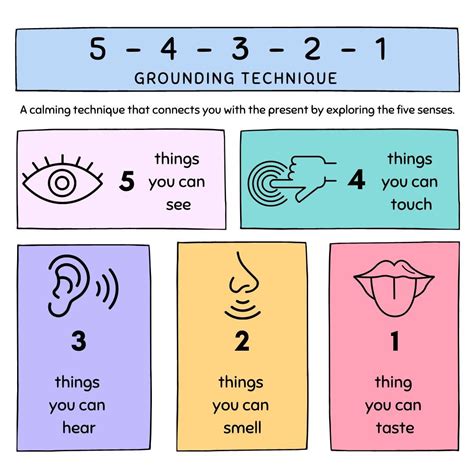
Bladder scopes are medical instruments used to visually examine the bladder and urethra. They consist of a thin tube with a camera and light on the end, which is inserted through the urethra into the bladder. This allows doctors to see inside the bladder and urethra, helping to identify any abnormalities, such as stones, tumors, or inflammation. The procedure, known as cystoscopy, can be performed under local anesthesia or sedation, depending on the patient's comfort level and the complexity of the procedure.
Types of Bladder Scopes
There are two main types of bladder scopes: flexible and rigid. Flexible cystoscopes are more commonly used for diagnostic purposes, as they are thinner and more comfortable for patients. They can bend and move more easily through the urethra, allowing for a more thorough examination of the bladder. Rigid cystoscopes, on the other hand, are often used for therapeutic procedures, such as removing stones or tumors, as they provide more stability and allow for the passage of surgical instruments.Preparation for Cystoscopy
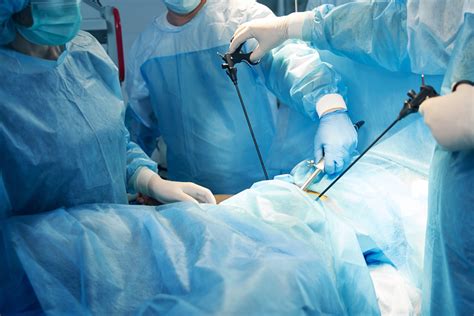
Proper preparation is key to a successful cystoscopy. Patients should be instructed to arrive with a full bladder, as this helps in obtaining clear images. They should also be advised on what to wear, typically loose, comfortable clothing, and what to expect during the procedure. In some cases, patients may be asked to stop taking certain medications, such as blood thinners, a few days before the procedure to minimize the risk of bleeding.
Patient Education and Anxiety Management
Patient education plays a critical role in managing anxiety and ensuring a smooth procedure. Patients should be informed about the steps involved in cystoscopy, the potential risks and benefits, and what to expect during and after the procedure. This information can help alleviate fears and make the experience less intimidating. Additionally, techniques such as deep breathing, relaxation, and distraction can be useful in managing anxiety during the procedure.Benefits of Bladder Scopes
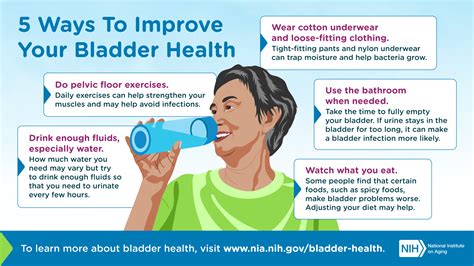
The use of bladder scopes offers several benefits, both diagnostic and therapeutic. Diagnostically, they allow for the direct visualization of the bladder and urethra, enabling the identification of abnormalities that might not be visible through other imaging techniques. Therapeutically, bladder scopes can be used to perform a variety of procedures, such as removing stones, treating tumors, and injecting medications directly into the bladder. This minimally invasive approach often results in less pain, fewer complications, and a quicker recovery time compared to traditional surgical methods.
Advancements in Bladder Scope Technology
Advancements in technology have significantly improved the capabilities of bladder scopes. High-definition cameras and monitors provide clearer images, allowing for more accurate diagnoses. Additionally, the development of narrower and more flexible scopes has made the procedure more comfortable for patients and has enabled the examination of harder-to-reach areas. These advancements, coupled with the integration of other technologies such as laser and robotic systems, are expanding the potential applications of cystoscopy in urological care.Common Uses of Bladder Scopes
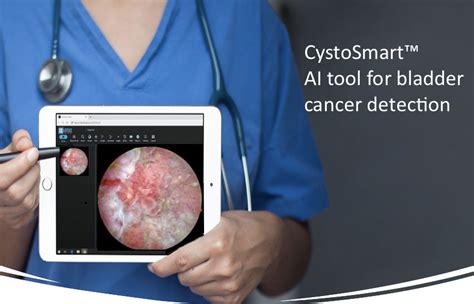
Bladder scopes are used for a variety of purposes, including the diagnosis and treatment of bladder stones, bladder cancer, and urinary tract infections. They can also be used to investigate the cause of symptoms such as hematuria (blood in the urine), dysuria (painful urination), and urinary incontinence. In some cases, bladder scopes may be used to perform biopsies, where a small sample of tissue is removed for further examination.
Risks and Complications
While generally safe, cystoscopy can be associated with certain risks and complications. These may include urinary tract infections, bleeding, and perforation of the bladder or urethra. Patients should be informed of these potential risks and monitored closely after the procedure for any signs of complications. In most cases, these complications can be managed with antibiotics or other treatments, but in rare instances, they may require more invasive interventions.Post-Procedure Care
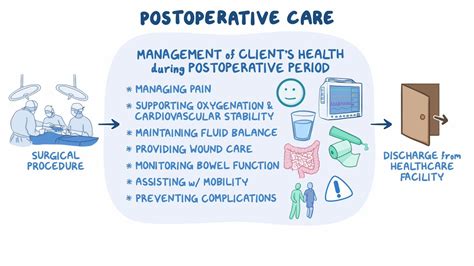
After a cystoscopy, patients should be given clear instructions on post-procedure care. This may include drinking plenty of fluids to help flush out the urinary system, avoiding certain activities such as heavy lifting or strenuous exercise, and monitoring for signs of complications such as fever, severe pain, or difficulty urinating. Patients should also be advised on when to follow up with their healthcare provider to discuss the results of the procedure and any further treatment that may be necessary.
Follow-Up and Results
The follow-up appointment after a cystoscopy is crucial for discussing the findings of the procedure and outlining any necessary next steps. Patients should be prepared to ask questions and seek clarification on any aspects of their care that they do not understand. In cases where abnormalities were found, the follow-up appointment provides an opportunity to discuss treatment options and develop a plan for managing the condition.Future of Bladder Scopes
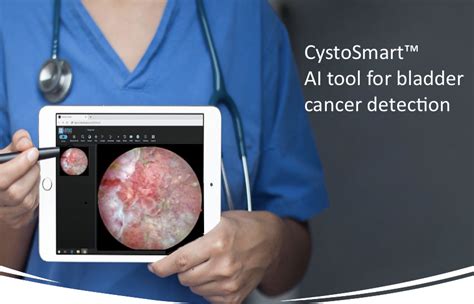
The future of bladder scopes looks promising, with ongoing research and development aimed at improving their design, functionality, and application. Advances in fields such as robotics, artificial intelligence, and nanotechnology are expected to play a significant role in shaping the next generation of cystoscopy equipment. These advancements could lead to even less invasive procedures, more accurate diagnoses, and more effective treatments, ultimately enhancing patient outcomes and quality of life.
Conclusion and Final Thoughts
In conclusion, bladder scopes have revolutionized the field of urology, offering a minimally invasive means of diagnosing and treating a range of conditions affecting the bladder and urethra. As technology continues to evolve, it's likely that the capabilities and applications of these devices will expand, leading to improved patient care and outcomes. By understanding the benefits, risks, and proper use of bladder scopes, healthcare providers can harness their potential to deliver high-quality, patient-centered care.What is a bladder scope used for?
+A bladder scope, or cystoscope, is used to visually examine the inside of the bladder and urethra, helping to diagnose and treat conditions such as bladder stones, tumors, and infections.
Is a cystoscopy painful?
+While some discomfort may be experienced during a cystoscopy, the procedure is typically performed under local anesthesia or sedation to minimize pain. The level of discomfort can vary from person to person.
How long does a cystoscopy take?
+The duration of a cystoscopy can vary depending on the purpose of the procedure and the complexity of the case. On average, it can take anywhere from a few minutes to about 30 minutes to complete.
We invite you to share your thoughts and experiences with bladder scopes and cystoscopy. Your insights can help others better understand the process and its benefits. If you have any questions or would like to learn more about a specific aspect of bladder scopes, please don't hesitate to ask. By engaging in this discussion, we can work together to promote awareness and improve outcomes for those undergoing cystoscopy procedures.
